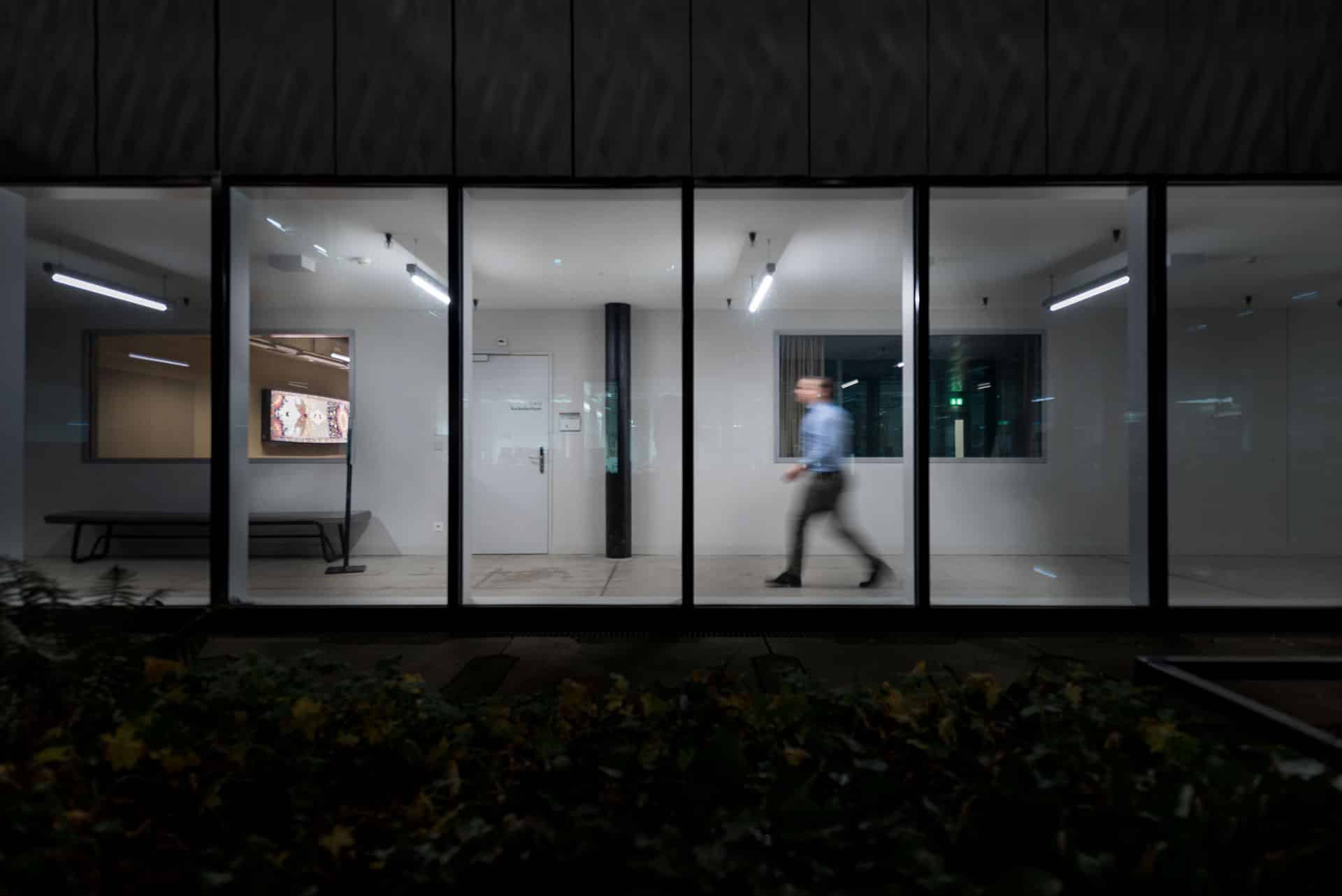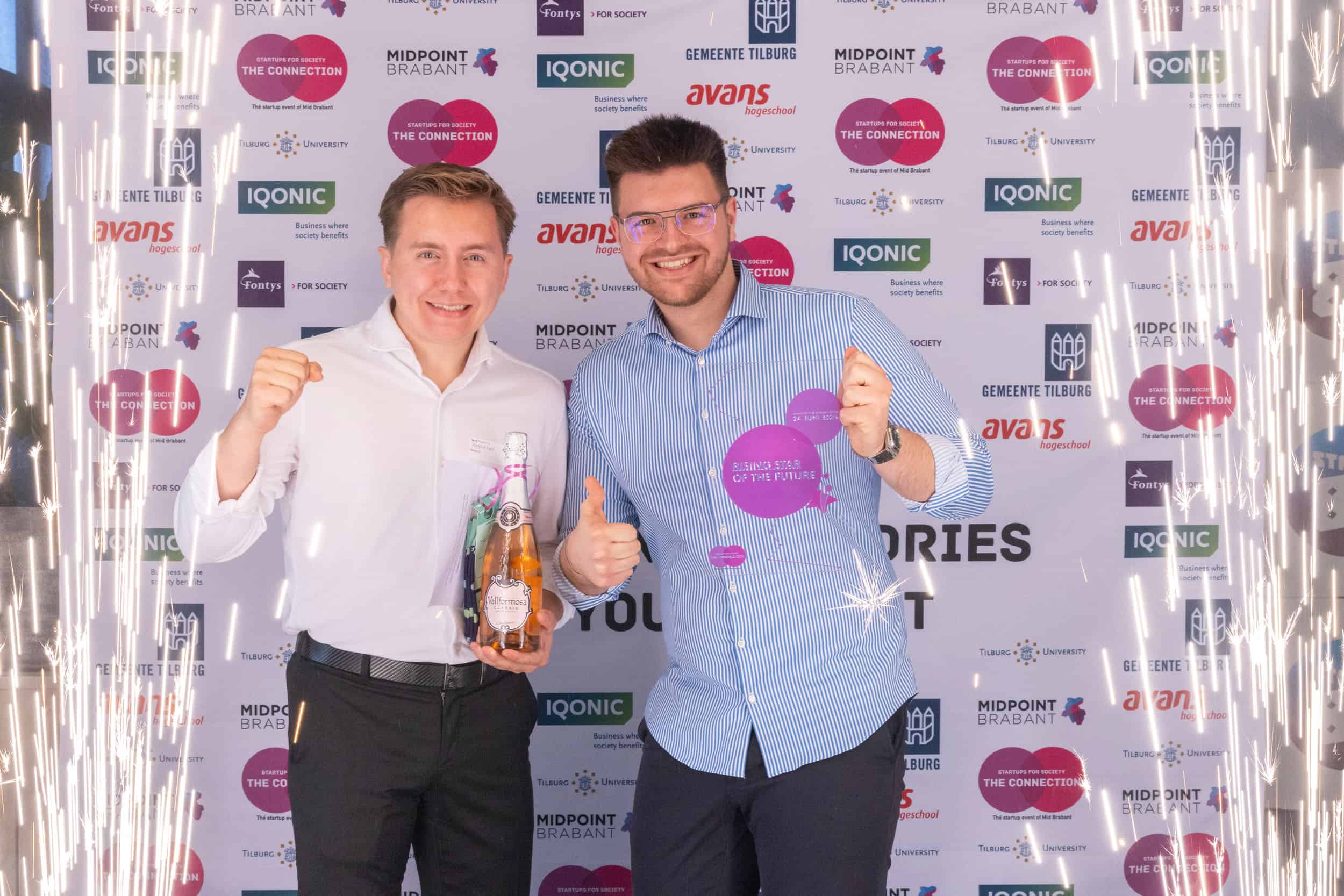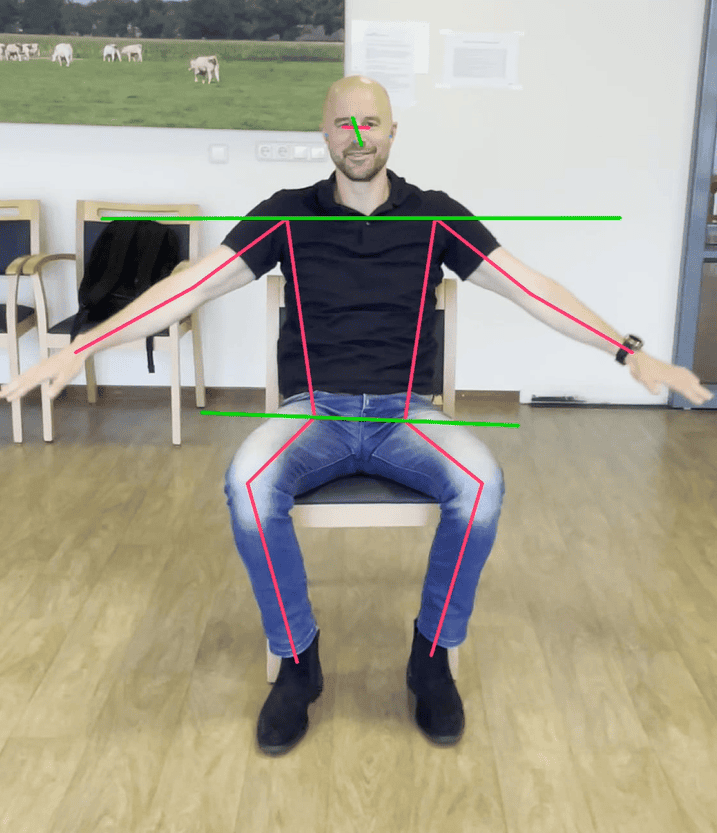
About LEDCity
- Founders: Florian Gärtner Wyniger, and Patrik Deuss
- Founded in: 2017
- Employees: 42
- Money raised: -
- Ultimate goal: Develop innovative lighting sources to reduce global energy consumption
Lighting, along with heating, are the largest energy consumers in a building. Yet especially in older buildings, there is a lot that can be conserved when it comes to lighting. Because whether it’s the parking garage of an apartment building or the walkways around a hospital, lights are sometimes left on day and night for no reason. LEDCity is a fast-growing start-up from Switzerland. They have developed a smart sensor-based system that makes wasted lighting a thing of the past. In this instalment of Start-up of the day, Ralph Wilders, Business Development Representative at the company, talks about how they do that.
How does the system work exactly?
“In many buildings, lights are left on around the clock. To address this problem, we have designed a lighting system where each light source is equipped with multiple sensors. This means that lighting can be controlled as needed. This enables you to conserve up to 92% of energy without compromising comfort. Only when the light is actually needed is it switched on, for example, when someone enters a building or walks down a corridor. The system follows you down the corridor, so to speak.”

In what kinds of buildings is it primarily used??
“Mainly in communal areas in buildings, for instance, corridors and parking lots of hospitals, universities and companies but also homes. Actually all areas where lighting is needed but where people are often not present. The system works perfectly for older buildings. You can simply click out the old light sources and install our system. That way you can conserve a lot of energy even in old buildings.”

What is innovative about it compared to solutions that already exist?
“What mainly sets us apart from other products out there on the market is that we have spent years working on algorithms to control lighting as precisely as possible. This, combined with the wealth of sensors and the ability to adjust the lighting on an individual basis, means that customers will not notice any difference from traditional lighting except when it comes to their energy bills.”
What was a celebratory occasion for you?
“I feel really proud that we got into the top three of the Swiss Economic Awards. This is the most important award in Switzerland that you can win as a young company. It was a kind of confirmation for us that we are doing a good job. Moreover, we have already managed to cut out a total of six million kilograms of CO2 with our system. I am extremely happy about that as well.”
What challenges are you facing at the moment?
“It is a challenge to convince customers that a lighting system shouldn’t be judged solely on the initial investment costs. The costs of our system are mainly upfront, but if you look at how much money you spend over time, you actually end up saving an awful lot.”
“A second challenge that we are running into concerns data analytics. We have the ability to collect a lot of data, but drawing valuable lessons from it is a whole other story. For one thing, we are already creating heatmaps where you can see which light was on when and for how long. This kind of data can be used to assess the occupancy rates of certain parts of a building. We also know how much energy a light source uses. This information can be useful for assessing the carbon footprint of a building. But who knows, maybe we’ll do even more analyses in future.”
How would you like to extend your system in the future?
“Why not utilize light sources to form the basis of a network in which different sensors can be integrated? In the long run, we are planning to add other sources to our system besides lighting. For example, think of sensors that can measure temperature or CO2. Wouldn’t it be cool if we could eventually develop a computer-supported facility management system, where fans, heating and other systems can interact with each other in an intelligent way?”
Where do you hope to be with your company ten years from now?
“We have set ourselves the goal of offsetting an entire nuclear power plant by 2027. This will require replacing twelve million light sources with our lighting solution. Also, I expect that by then we will have already expanded our system considerably with more kinds of sensors.”









